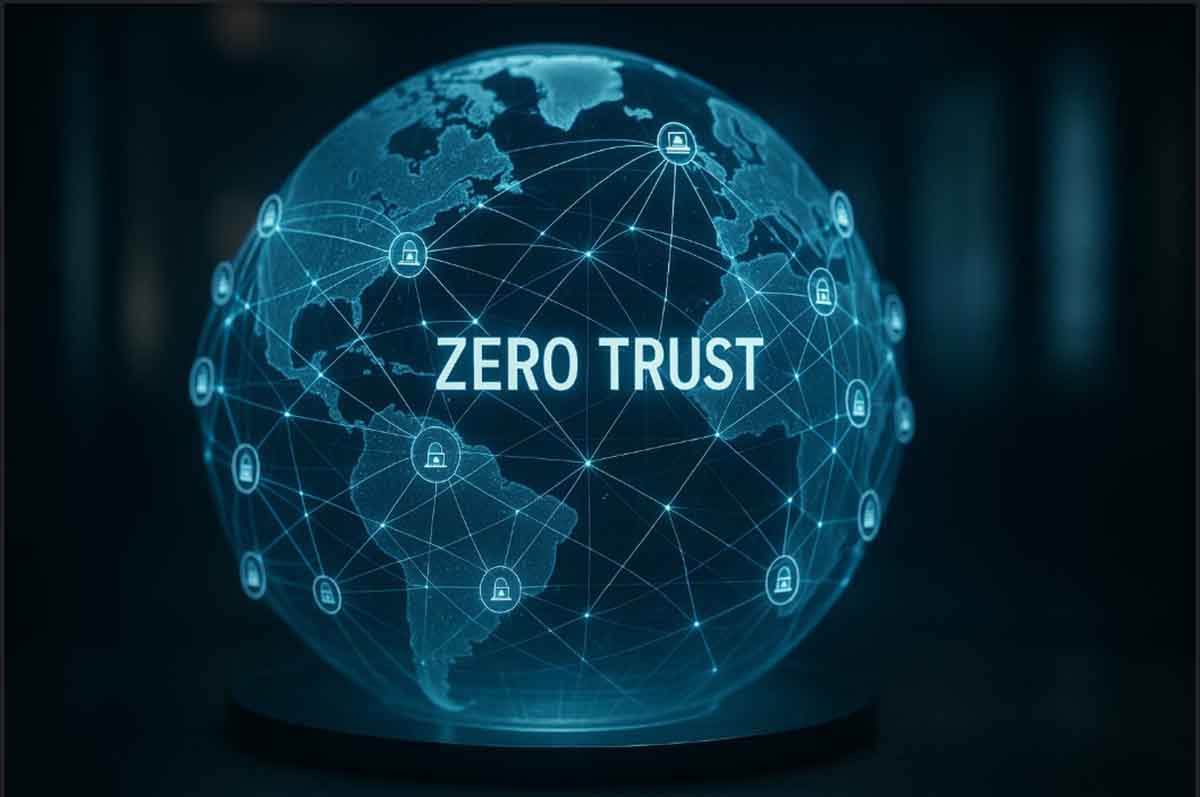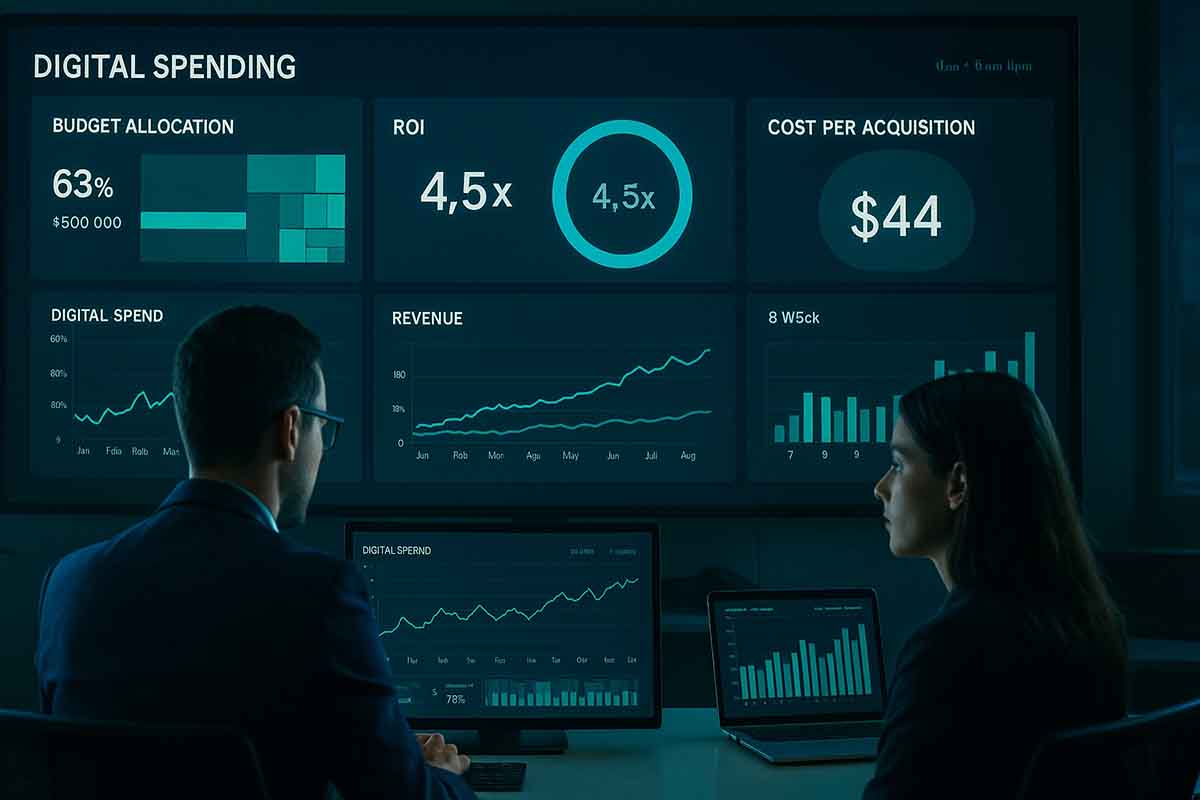
Zero Trust Principles for Building Resilient Digital Platforms
As digital platforms grow in complexity, the traditional approach to cybersecurity no longer suffices. Whether it’s a media app in São Paulo, a fintech operation in Berlin, or a medical records platform in Nairobi, they’re all part of the same distributed cloud infrastructure. With connections across continents and users accessing services from various devices, securing the network perimeter isn’t enough. That’s where the Zero Trust model enters the picture.
This framework assumes that no one—whether inside or outside the network—should be trusted automatically. Every request is treated with scrutiny, and verification becomes the rule, not the exception. In a time where data privacy laws, cyber risks, and hybrid work environments dominate IT discussions, adopting this model is more than a trend—it’s a smart defense strategy.
- Zero Trust is based on three ideas: verification, minimum access, and assuming a breach is possible.
- It supports organizations in controlling risks linked to remote work, shared clouds, and modern threats.
- The process starts with asset discovery, reviewing user roles, and installing strong activity monitoring.
Why This Model Gains Global Traction
Technology use has outpaced traditional security systems. With nearly all remote workers using personal devices for work and more data moving into public clouds, the attack surface has expanded significantly. A single weak endpoint can expose millions of users to threats. In this setup, trust must be earned, not assumed.
Real-time access decisions—based on device status, user location, role, and historical behavior—protect both the user and the platform. From developers in Tokyo to smart assistants in Toronto, every interaction is analyzed. Zero Trust creates an adaptive wall that blocks unauthorized access even before it happens.
What “No Default Trust” Actually Means
The basic principle of Zero Trust is simple: being inside a network doesn’t mean you’re automatically safe. Traditional systems trusted devices within their firewalls, but that led to overlooked vulnerabilities. With this new approach, trust is never granted outright. Instead, verification continues at every level and with every request.
Think of it like moving from a guarded castle to a monitored city where checkpoints exist at every door and corner. Every person or device must present credentials—not once, but continuously. This allows platforms to isolate problems and maintain availability even under pressure.
Key Components of the Zero Trust Approach
Continuous Verification
Multi-factor authentication, biometric checks, and device health scans form the entry layer. The system evaluates each access attempt dynamically, using signals like browser version or login time to detect anomalies.
Minimum Access Rights
Users receive only the permissions needed to complete their tasks. These rights expire after use or a fixed time window. This limits exposure if an account is compromised.
Presume the System Is at Risk
Monitoring tools treat each transaction as potentially hostile. If something seems out of pattern, the system responds by isolating the threat or requiring further proof. Internal systems are segmented to prevent issues from spreading.
Adapting the Model to Different Sectors
Zero Trust isn’t limited to tech companies. Across industries, it supports different levels of data privacy, control, and operational security.
Financial Services
In places like Zurich and New York, financial institutions limit access to payment gateways based on behavior analytics. A login from an unusual location or during odd hours might trigger additional checks.
Healthcare
Hospitals follow data rules such as HIPAA or GDPR. To stay compliant, they separate patient data from administrative systems. Queries require cryptographic credentials and verification layers.
Industrial Operations
Manufacturing hubs in Nagoya and Eindhoven rely on secure device-to-device communication. Devices must present digital certificates to access the network, ensuring fake machines can’t transmit or collect data.
Steps to Implementation
Adopting Zero Trust takes careful planning. Rushing the process could lead to gaps or user confusion. These steps provide a solid foundation:
1. Identify Systems and Data Flow
Create a full map of users, tools, and data paths. Understanding how people and machines interact helps define clear security zones.
2. Audit Access Roles
Examine who can do what within your platform. If someone has broad access but limited need, adjust their role. Limiting exposure is a core goal.
3. Monitor Activities and Patterns
Install tools that learn user behaviors and identify odd activity. This allows you to detect early signs of compromise and address them quickly.
4. Apply and Adjust Continuously
Regular testing is essential. Survey your team, check analytics, and use international frameworks to improve and tune the system each quarter.
Examples Across Regions
The framework adapts well to local policies and operational norms.
European Union
Regulations like the Revised Payment Services Directive demand verification for every digital transaction. This aligns well with Zero Trust structures.
United States
The U.S. government has mandated Zero Trust in several agencies through executive orders. This also motivates private sector adoption.
Gulf Region
Digital ID systems with short-term credentials support secure user access in public platforms. These practices build authentication into every step.
Environmental Benefits of Smarter Access Control
It’s not only about protection. Organizations using this model can avoid oversized access policies and reduce the number of always-on servers. That leads to a smaller infrastructure footprint and less electricity use.
Smarter permissions also minimize the need for duplicating resources. This contributes to sustainability goals and supports better reporting on environmental metrics—important for firms aiming to meet global standards on social and environmental responsibility.
Why Continuous Review Makes a Difference
The threat landscape is fluid. New tools and attack methods emerge constantly. A one-time review of your systems won’t keep up. That’s why more organizations now use security-as-code strategies.
This means security policies are coded directly into platform development. Every new update or deployment triggers an automatic set of checks. If trust scores—based on behavior, device, and role—dip below a defined level, the system reacts instantly to block access.
Machine learning helps refine these actions. It learns what normal looks like and flags anything that seems out of place, speeding up response without disrupting productivity.
What to Expect in the Near Future
The cybersecurity world continues to evolve. Here are a few changes already making an impact:
Decentralized Credentials
Instead of central databases full of passwords, users carry encrypted wallets. These systems reduce breach risk by removing shared storage of login details.
Smarter Detection
Artificial intelligence now supports real-time threat handling. Systems focus on user behavior instead of outdated lists of known threats.
Edge Network Security
Branch offices and mobile units now use edge computing with built-in Zero Trust checks. This setup allows them to operate securely, even when disconnected from central servers.
Future-Proof Cryptography
Researchers are testing algorithms to defend against quantum computers. These systems combine classic encryption with emerging tools to guard tomorrow’s data.
Final Reflection
Shifting to Zero Trust is a long-term move that pays off over time. It requires participation from developers, administrators, analysts, and executives. It’s not about one tool or vendor—it’s about culture, process, and design.
When applied consistently, this approach doesn’t just defend systems—it makes them more responsive, adaptable, and trusted. From onboarding new employees to launching fresh services, every digital step becomes safer. That’s the direction forward—for businesses large and small, in every part of the world.


No Comments